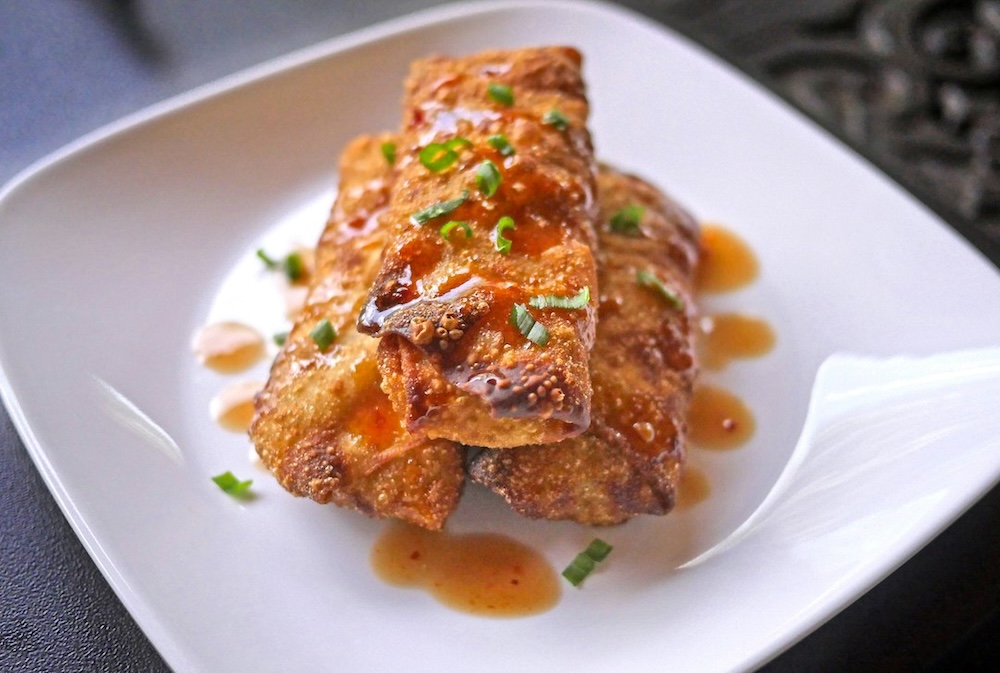‘Chinese’ Filipino favorites that aren’t actually Chinese

Hopia *isn’t* Chinese, and other Chinese-Filipino food facts that’ll shock you | Photo by Kyndall Ramirez on Unsplash
Chinese culture—especially cuisine—has left an indelible mark on the Filipino people. Since their early (read: pre-Hispanic) interactions with the people who would become Philippine natives, we’ve acquired many of their traditions, some superstitions, and of course, food.
A lot of dishes you can find in the Philippines have Chinese origin. Favorites like siomai, siopao, and buchi are all familiar dishes you’ll find when you travel to places like Hong Kong or China. While they may have different names in their land of origin, it’s a familiar dish most Filipinos have come to know and love.
But there are some dishes that we all thought were Chinese but aren’t at all. These dishes all have Chinese-sounding names and can be found in Chinese restaurants here in the Philippines (and globally). But servers in China will give you a puzzled look if you order it while you’re there.
If you’re ready to face the uncomfortable truth that some of your favorite Chinese dishes aren’t Chinese (or found in China) at all, here’s a list that’ll educate you (and maybe break your heart).
Chop suey

The internationally popular stir-fried, mixed vegetable dish is first on the list. Its origins are a little dubious, but it’s said to have been created in a Chinese restaurant in San Francisco during the 1840s to appease a group of drunk miners. It’s become a staple in Chinese restaurants around the globe (specifically outside of China) and a favorite of many Filipinos.
Lumpiang shanghai
![MY LUMPIANG SHANGHAI! [SIKRETO BAKIT BINUBULSA NG AMING MGA BISITA!] | KUSINERONG ARKITEKTO](https://i.ytimg.com/vi/Ygm1vGBCQ8A/hqdefault.jpg)
Lumpiang shanghai or simply lumpia literally has the word “Shanghai” in its name, but it’s also not Chinese. Legend has it that the dish has Fujian origins, but legend also has it that an industrious immigrant during the early Spanish period created it.
It’s notably more similar to Vietnamese spring rolls due to its crunch, but our version is instead filled with a mixture of either ground pork or beef and some vegetables.
Hopia

While hopia does have Chinese origins, it’s not fully Chinese. At least the version that’s wildly popular in the Philippines. Hopia comes from the Hokkien word “ho-pia,” which translates to “good pastry.” And that’s exactly what it is.
Like many things, hopia has gone through an evolutionary process throughout the years. It’s been changed over time to suit the Filipino palate. Back in the day, the Japanese recipe for mooncakes was used to create these pastries.
“It was a more desirable product because it stored well and was easier to make than the flaky Chinese version,” said Meah Ang See, Bahay Tsinoy’s managing director in a 2017 interview with the Inquirer.
So while everything on this list does have Chinese roots (in the form of hard working immigrants trying to make a living), we can’t actually call any of these dishes Chinese food.
Go figure.

